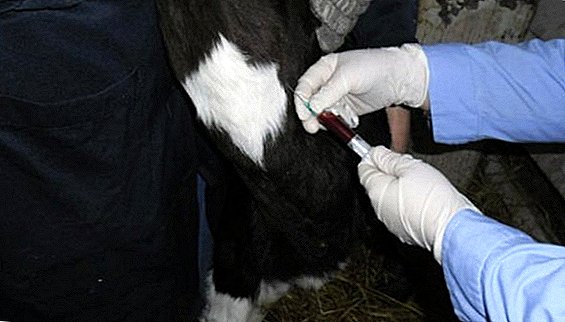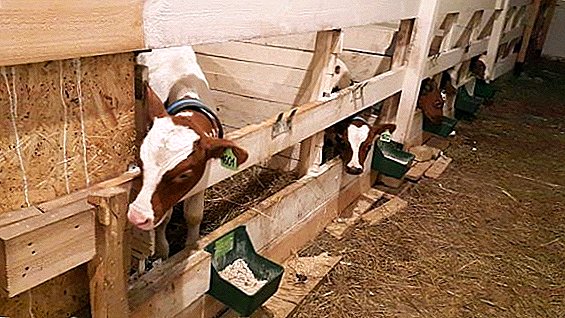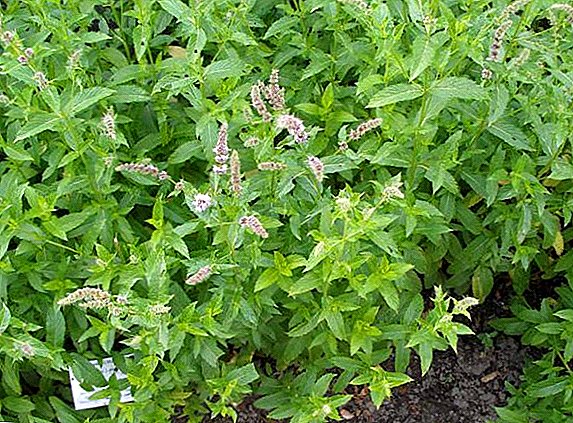
Ants live in large colonies, building anthills in their natural habitat, and in houses - nests. The hierarchy of individuals is strictly established - at the head of the entire settlement is the uterus, which ensures the regular replenishment of the community with new members.
The most numerous are the workers who are engaged in the construction and production of food. Once a year, winged ants males and females try to start a new anthill.
Development and reproduction
Responsible for the production of new individuals in the anthill is queen or queen. It never leaves the nest, and ants-workers take care of it and feed for food.
Breeding
How do ants breed? Once a year, ants can breed, resulting in a large number of winged individuals - these are females and males, ready to mate. The process occurs in these insects during the "flight". After mating, males usually die immediately. Those males who did not find or could not fertilize the female, are either expelled from the nest, or the ants themselves are killed.
Fertilized females do not return. in their anthill, and are looking for a place to create their own separate nest. There they lay their first eggs, which after 2-3 weeks pupate, and after 4-6 weeks of them there are the first workers. After that, the females gnaw their wings.
With the advent of ordinary insects, they are already engaged in the search and delivery of food for the uterus and larvae. From that time on, the female ant performs almost continuous egg laying, and under favorable environmental conditions it can do this all year round and during wintering too.
Types of development

Types of development of ants are very numerous. Ants are insects with a complete transformation cycle: egg, larva, pupa, and adult.
The first stage of development of each ant is the egg. After the uterus has made a clutch, they are not contained individually, but in small groups.
At the end of the incubation period, larvae resemble small worms. Only at this stage of development the insect constantly feeds and increases in size. Small larvae are kept in groups, like eggs. Large - separately.
The next stage of ant formation is pupation. Before this, the larva completely stops absorbing food, and also releases a ball from waste material, which can be seen at the end of the pupa as a small black dot. There are species of ants, the larvae of which at this stage weave a cocoon for themselves.
The ant has a pupa, at the end of the stay in which, an adult formed individual appears. It cannot independently break through the walls and leave the cocoon; therefore, the young insects are actively helped in this by their relatives. At first, such an ant has a colorless color, but after a few days its body takes on the correct shades of appearance. From this moment on, the ant no longer grows.
Structure and brain
The structure and brain of an ant is still quite complex. Despite the huge variety of species of ants in the world, they all have a similar structure. In addition, the working ants always have no wings, the females and the males are winged.
The most common are forest and garden ants. Let us consider the structural features of the body of a working ant of a female and a male using the example of a working individual. The body of the insect is covered with a durable outer chitinous shell. It is clearly divided into three parts - abdomen, middle part and head. The latter may, depending on the type and type of ant, have a different structure.
On the head are the eyes, which consist of a large number of small lenses. However, they can only recognize the fact of movement, but not objects. Also, in addition, the ant may have small additional eyes that determine the degree of illumination. How do ants communicate? On the head there are antennae which are designed to identify odors, air flow, vibration, communication through touch.
Individual ants have a sting at the end of the abdomen, which is used for hunting or protection.
Insect limbs (3 on each side of the body) consist of three parts. At the ends are special claws-grips, thanks to which the ant can easily climb on vertical surfaces.
 Did you know that ants have been living in symbiosis with insects like aphids for hundreds of years?
Did you know that ants have been living in symbiosis with insects like aphids for hundreds of years?Aphids feed ants with sweet syrup, and they, in turn, protect their “milk cows”. Read on our website all about aphids.
Floor ant

The mechanism for determining the sex of ants is constructed in such a way that females and working insects grow from fertilized eggs, and males from unfertilized ones.
The thing is that the female makes for her life in nature only one flight during which it is fertilized and stored in seminal fluid for the entire period of its existence. She later uses her to fertilize the eggs during their passage through the genital tract.
However, not all eggs receive fertilization. Of those that did not receive their portion of the seed, later males are obtained, which have only one set of chromosomes - to your mother. Fertilized eggs are produced either by females or soldiers - this depends on the care of the larva and its nutrition.
Lifespan
The life span of an ant usually depends on its role in the anthill.
Working ants are usually live about 3-5 yearswhile smaller ones live a little more than large ones. Besides, lifespan depends from their employment in the anthill. So, the individuals that care for the uterus and the larvae of the ant live the least, and most of all they do the internal work in the nest.
The life of the males is small, and usually is 2-3 weeks. They are designed to perform the main function - to fertilize a female, after which the males either die immediately or are killed by their brethren when they return to the anthill.
Ants live in an anthill and have a clearly defined hierarchy. The uterus is the main one in the nest, it is the former fertilized female, which then bites off its wings. Their lifespan is up to 20 years. Males live for about 2 weeks, during which they must find and fertilize a female.
Workers make up the bulk of the anthill population, and live, depending on the type of occupation, from 3 to 5 years. In addition, ants have natural enemies that can significantly reduce the duration of their existence.
So ants are insects with a full development cycle, from egg to adult, they have a rather complex structure of the brain and perform a certain role in nature.
 By the way, ants in nature have many enemies. Hedgehogs and birds, lizards and other reptiles can deal with a large number of individuals.
By the way, ants in nature have many enemies. Hedgehogs and birds, lizards and other reptiles can deal with a large number of individuals.On our site you will find information about such enemies of ants as shrews and moles. Read detailed articles about these animals.
A photo
Next you will see a photo of a female ant:




Useful materials
Then you can get acquainted with articles that may be useful and interesting to you:
- Ant extermination:
- How to get rid of red ants in the apartment?
- Boric acid and borax from ants
- Folk remedies for ants in the apartment and house
- Rating of effective means of ants in the apartment
- Ant traps
- Ants in the garden:
- Species of ants
- How do ants hibernate?
- Who are the ants?
- What do ants eat?
- The value of ants in nature
- Hierarchy of ants: the king of the ant and the structural features of the working ant
- Ants with wings
- Forest and garden ants, as well as the ant reaper
- How to get rid of ants in the garden?












